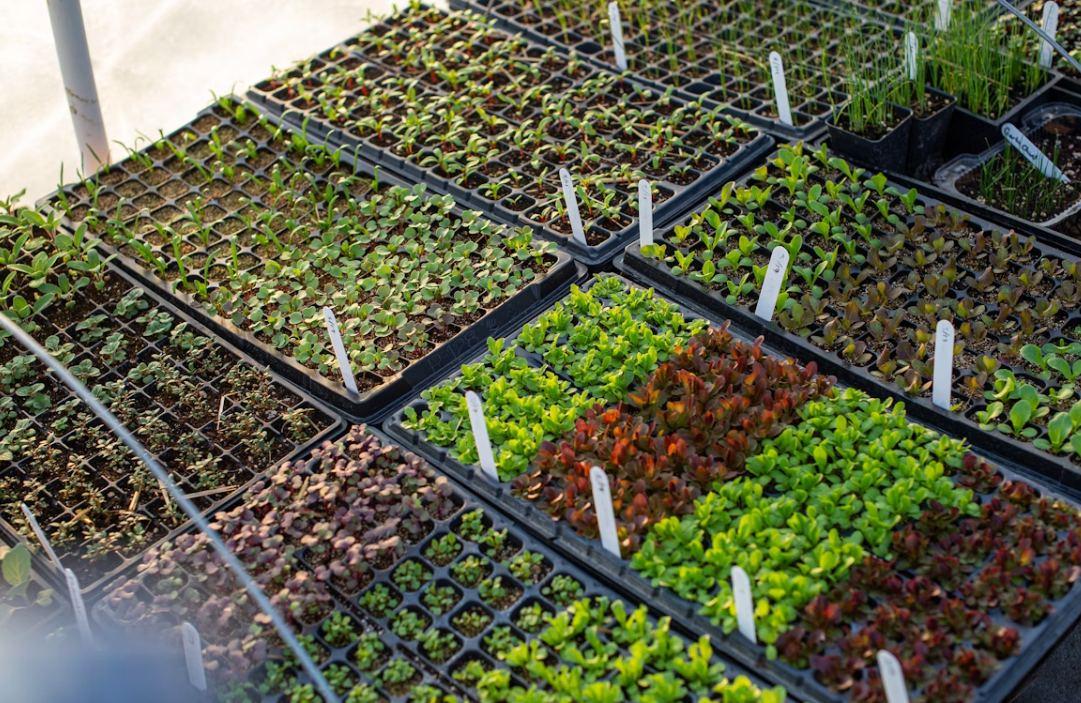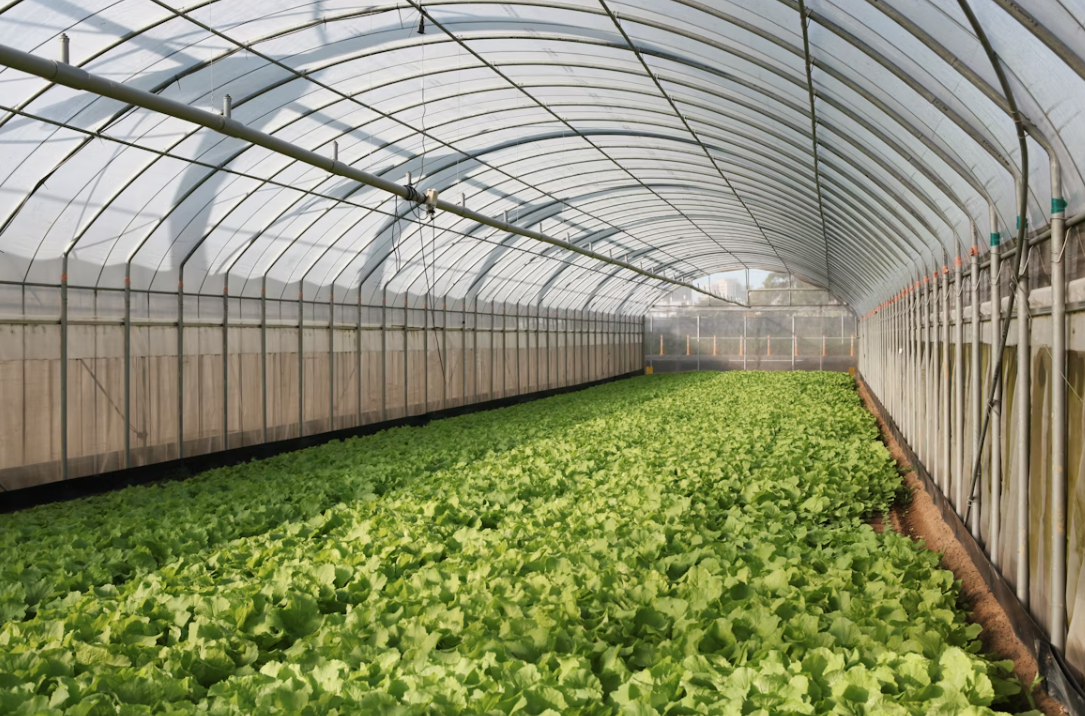Starting a successful crop begins long before harvest—it starts in the nursery bed, where healthy seedlings take root. Whether you're running a small-scale farm or a commercial greenhouse operation, choosing the right type of nursery bed is crucial for productivity, seedling survival rate, and overall plant health.
But what are the different types of nursery beds? And how do you choose the right one based on your crop type, growing conditions, and operational setup?
In this guide, we’ll walk you through the most commonly used types of nursery beds, their advantages, and practical applications—especially for greenhouse and controlled-environment agriculture.

A nursery bed is a specially prepared area where seeds are sown and nurtured until they grow into transplantable seedlings. These beds are often used in both open-field farming and greenhouse production, depending on the crop type and season.
The primary purpose of nursery beds is to:
Optimize germination
Protect seedlings from harsh environmental conditions
Improve survival rates during transplantation
Save space and inputs by concentrating early plant care
Flat beds are level plots of land where seeds are directly sown into the soil without any elevation or depression.
Best for:
– Areas with moderate rainfall
– Crops that don't require specialized drainage
– Greenhouse or tunnel setups where water control is built-in
Advantages:
– Easy to prepare and manage
– Cost-effective for large-scale sowing
– Suitable for mechanized operations
Drawbacks:
– Poor drainage in heavy rainfall
– Soil compaction can occur
Raised nursery beds are elevated above ground level, typically 15–30 cm high and 100–120 cm wide. These are among the most popular nursery beds used in both greenhouse and outdoor settings.
Best for:
– Rainy climates or poor-draining soils
– Delicate crops prone to root rot
– Polyhouse or greenhouse systems with hydroponic or drip irrigation
Advantages:
– Excellent drainage
– Better root development
– Easy access for maintenance
– Reduced soil compaction
Drawbacks:
– Higher labor and construction cost
– Requires more inputs (soil, compost)
Sunken beds are dug into the ground, often 10–20 cm below surface level. These are especially suitable for arid and semi-arid zones.
Best for:
– Dry climates with low rainfall
– Crops that benefit from moisture retention (e.g., leafy greens)
Advantages:
– Conserves water
– Protects seedlings from wind and evaporation
– Natural temperature regulation
Drawbacks:
– Not ideal for rainy or flood-prone areas
– Risk of fungal infections due to excess moisture in humid conditions
Also known as modular nursery beds, these consist of trays, pots, troughs, or mobile bench systems, commonly used in greenhouse farming.
Best for:
– High-value crops (e.g., herbs, flowers, vegetables)
– Controlled environments (greenhouses, vertical farms)
– Hydroponic or soilless systems
Advantages:
– Precise control over water, nutrients, and light
– Easy to relocate or rotate seedlings
– Cleaner and pest-resistant
Drawbacks:
– Higher setup cost
– Requires regular monitoring of pH and EC levels
These are made with organic compost, coco peat, or coir instead of soil. Often used in sustainable or organic farming practices.
Best for:
– Organic greenhouse systems
– Fragile or specialty seedlings
Advantages:
– Nutrient-rich medium
– Reduces weed and pest risk
– Environmentally friendly
Drawbacks:
– Not suitable for all crops
– Compost quality needs monitoring

Choosing the right nursery bed depends on several factors:
| Factor | Ideal Bed Type |
|---|---|
| Climate (rainy) | Raised bed |
| Climate (dry) | Sunken bed |
| Greenhouse use | Raised or container |
| Budget constraints | Flat bed |
| Crop type (delicate) | Raised or compost bed |
| Mechanization | Flat or raised bed |
Other considerations include:
Soil type and fertility
Pest control strategy
Labor availability
Crop cycle and turnaround time
In greenhouse agriculture, raised beds and container beds dominate due to better control over environmental conditions and higher efficiency. Many modern greenhouses use automated irrigation and climate control systems that work best with elevated or mobile nursery setups.
Additionally, greenhouse nursery beds often incorporate:
Anti-insect nets
Drip irrigation
UV-stabilized seedling trays
Root zone heating systems
There’s no one-size-fits-all solution when it comes to nursery beds. Whether you're growing vegetables, flowers, herbs, or fruit seedlings, the key is to match the bed type with your climate, infrastructure, and crop.
For commercial greenhouses and nurseries, investing in raised or container nursery beds provides long-term benefits in plant health, labor efficiency, and space utilization.
Need help choosing the right greenhouse structure and nursery solution for your agri-business?
Contact our team at KYGreenhouse — we help farmers around the world build efficient, durable, and profitable greenhouse systems.

Copyright ©Kunyu Greenhouse Co., Ltd. All Rights Reserved | Sitemap